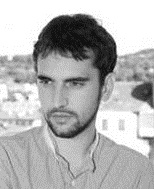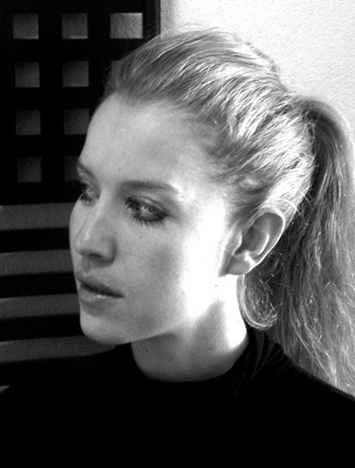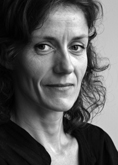List of Special Sessions as of 6th February, 2012:
|
From new tools and methods towards new tasks and ideals
The impact of technology and science in the post-war era |
|

Rika Devos
Ghent University
Dept. Arch. and Urban Planning
Ghent, Belgium
|
The development of new building tools and methods was an important motor in construction history, especially in the post-WWII era. Apart from their literal effects and immediate use, they also had profound influence on the division of roles and tasks in design and triggered new concepts on architecture and engineering, including a re-consideration of their ideals and societal positions.
This session calls for papers exploring the manifold impact of new tools and methods in the world of building in the post-WWII era. It seeks to critically bridge between construction history, the history of technology, architecture history and building practice.
|
|
Innovation in timber |
|

Andreas Falk
Royal Institute of Technology KTH
Stockholm, Sweden
|
In an era of free-form architecture, issues of material properties, innovative solutions and realisation gain increased importance. Through development of technology and refined products, design of timber structures remains a worthy challenge for researchers and practitioners and frequently require new steps of innovation in relation to architectural and environmental performance, structural behaviour, construction methods and realisation during construction. The proposed session addresses factors driving innovation in timber design, innovative solutions and the interaction of architectural and structural aspects in timber research and practice.
|
|
|
Innovation in reciprocal structures |
|

Dario Parigi
Aalborg University
Dept. of Civil Engineering
Aalborg, Denmark
|
Reciprocal structures have been studied and used in the past for different needs and purposes, and their presence throughout history is scattered and discontinuous; in the last decades however they gained a constantly growing attention from researchers and practitioners because of the challenges and opportunities that their unique characteristics offer.
This session assess the innovation in the design of a typology where the strong interaction between its architectural and engineering aspects stimulated researches concerning the morphology, the form finding methods, the structural and kinematic behavior, as well as the digital crafting and construction methods.
|
|
From open structures to the cladding of control
A critical call for current tectonic theories and practices in architecture |
|

Marie Frier Hvejsel
Aalborg University
Dep. of Architecture
Aalborg, Denmark
|

Anne Beim
Royal Danish
Academy
of Fine Arts
Denmark
|
Focusing on the cladding of architectural spaces (interior / exterior) this session addresses the current conditions of the built environment where large scale dwellings, hospitals, offices, schools and urban spaces are often experienced as formal structural frameworks rather than inviting spaces for residing.
The fundamental potential of architecture is to provide shelter, embrace, surprise and captivate: How to position and release this potential within the contemporary construction industry furnishing a tectonic architectural theory and –practice? Which advantages of structural and material technological innovations are to be found in a future tectonic cladding of architectural spaces relating to the human scale?
|
|
Principles in practice for the analysis, conservation and
structural restoration of architectural heritage |
|

Gorun Arun
Yildiz Tech. Univ.
Vice President ISCARSAH
Istambul, Turke
|

Stephen Kelley
Wiss, Janney,
Elstner Assoc., Inc.
Pres. ISCARSAH
Chicago, USA
|
Focusing The International Scientific Committee on the Analysis and Restoration of Structures of Architectural Heritage (ISCARSAH) was founded by ICOMOS as a forum for engineers architects, and conservators involved in the care of building heritage. The Committee has authored the ICOMOS Charter - Principles for the Analysis, Conservation and Structural Restoration of Architectural Heritage (ISCARSAH Principles). The symposium explores the Principles as they are put to use in different parts of the world.
|